
The Force:
The boxers punch is powerful, fast and padded. Anyone including myself who has felt a punch to the body or face knows that it is painful to say the least. Boxers are able to throw punches as fast as 30 feet per second or more and can land 20 plus punches in a matter of seconds. When looking at the factors of momentum, force, impulse and kinetic energy it is easy to see how much power these punches can muster up. This can be explained without needing to know all these terms. You combine these aspects in calculating force (mass times acceleration) and the blow can be some 1000 pounds of punching force. To put into perspective for you, this force could crush through doors, some walls and planks of wood. It shouldn't be hard to see from this that one of these punches directly hitting the face could easily break multiple bones, dislodge the brain and cause such an internal "shaking" of the brain the boxer would be dead. The question is why is the boxer not dead?
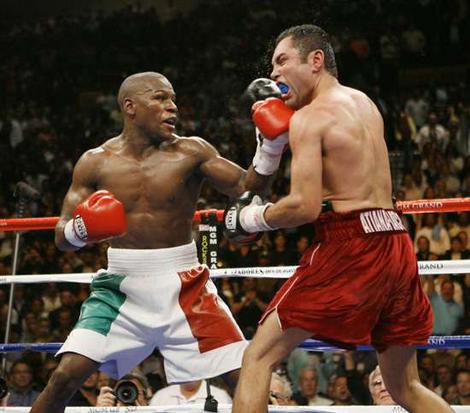
Just Enough:
The reason that boxers are not dying all over the place is because the results mentioned above are skewed. In other words they are missing a crucial point. These calculations are found from impact on a still sturdy object. A boxer NEVER gets hit cleanly and fully from one of these blows. The average boxer can see a punch coming and react to it in less than a couple tenths of a second. The reaction is similar to time to blink an eye. The boxer moves so little that people cannot really see it. The centimeters of movement the boxer makes between seeing the punch and it making contact saves their lives. This movement decreases the force an incredible amount. Obviously, the more movement the less force. Even in knockout blows, there is simply a very large force and a very small movement of the defending boxer. There is some however and although the knockout and damages can be bad, it prevented his permanent KO. Another crucial step to help reduce these punches forces is adding a slimy substance to the boxers face and body. When a punch connects, this material allows the punch to slide off somewhat and reduce the force dramatically. In the end it comes down to constant head blows that become more of a threat than a single blow. Many do not understand just how close a boxer is (less than 5 centimeters) from never opening his eyes again.
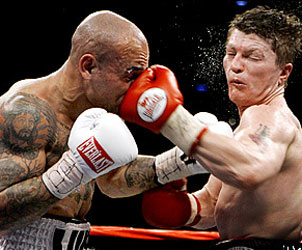
http://www.youtube.com/results?search_query=sports+science+boxing&sm=3
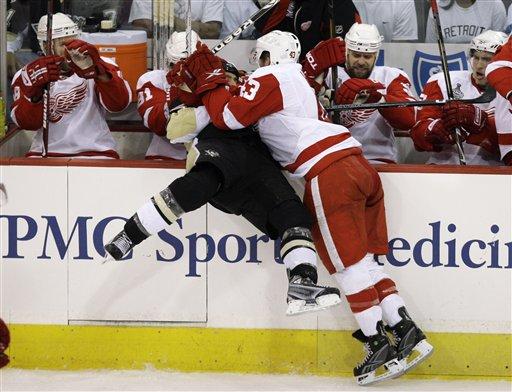

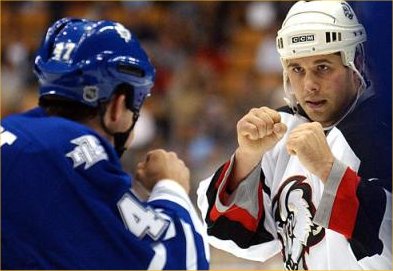





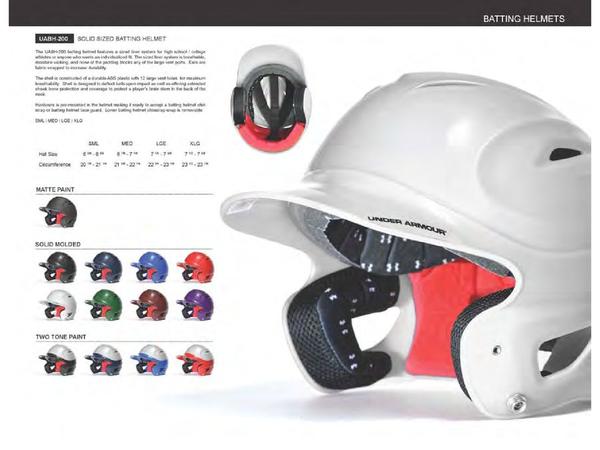




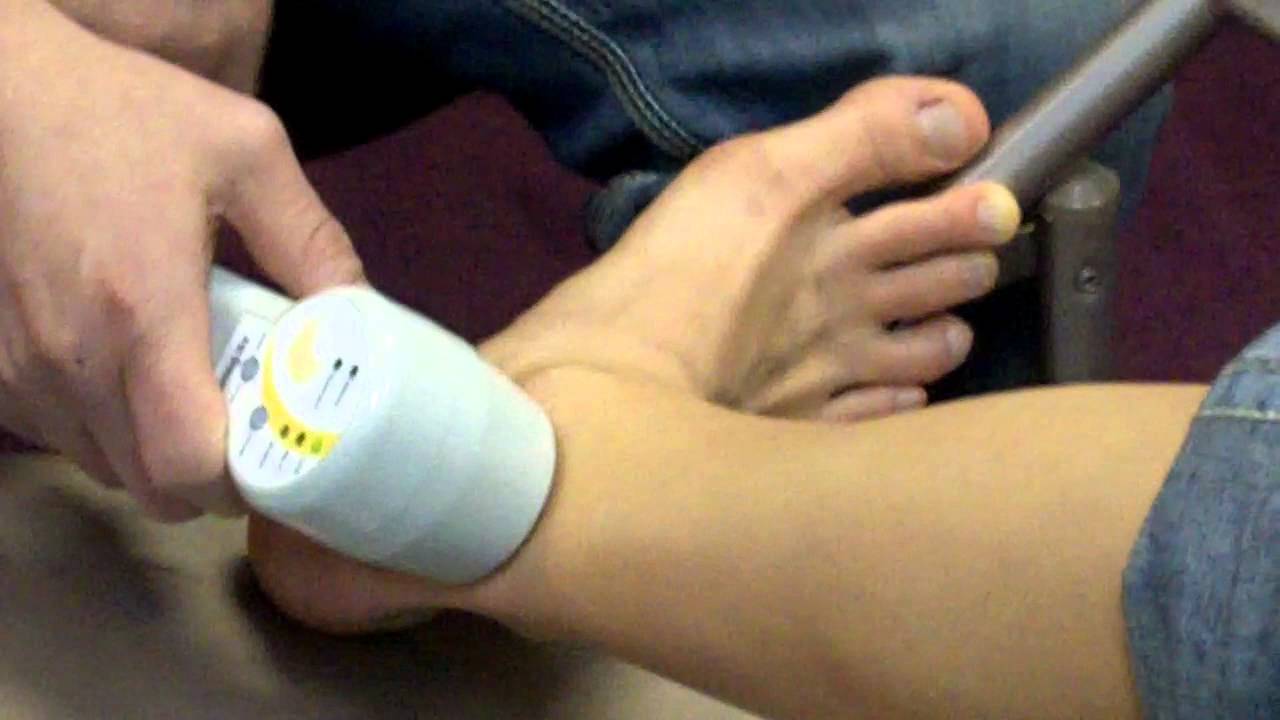 Laser therapy
Laser therapy